What to look for in CBD Lab Results or Certificates of Analytics (COAs)
Aug 23, 2022
THE PROBLEM WITH HEMP AND CANNABIS LABELS
Studies like the one published in The Journal of the American Medical Association (JAMA) show that product labels often miscalculate cannabinoid potency or fail to report the existence of cannabinoids that are present in the products. In a study of 84 hemp labels, JAMA found that nearly 70% either over or under-represented their CBD potency. 18 of the 84 hemp products contained THC, and in some cases, there was enough THC to produce unwanted intoxicating effects, which may also make the product illegal due to the classification differences between hemp and marijuana.
WHY ARE INACCURATE LABELS SO COMMON?
Often the reason for inconsistent labeling is lack of federal and state regulation due to the startup nature of the industry. In other words, brands are launching products with unchecked information and zero transparency at a massive rate.
So what can you do to guarantee the safety and quality of a hemp, cannabis or CBD product BEFORE you buy it? Check for a Certificate of Analysis.
WHAT IS A CERTIFICATE OF ANALYSIS (COA)?
Most legitimate brands have partnered with certified third party laboratories to publish their lab results with a certificate of analysis (COA). A COA is a verified document that provides details about the testing lab, the brand and product, along with the potency of the ingredients the product contains. In the case of hemp, CBD and cannabis, the ingredients refer to cannabinoids like THC, CBD, CBG and CBN.

What to Look:
As a customer, you probably want to know how much CBD, CBG, CBN, or THC the product contains to deliver the effect you desire. Moreover, if you’re purchasing a hemp product, you want to be sure that it contains less than the legal limit of .3% THC.
POTENCY (CANNABINOIDS)
The Result (mg/g) column tells you how many mgs of each cannabinoid is concentrated within every gram of the product. Note that you may also see results measured in mg/ml if the tested product is a liquid or oil. You may also see blanks in the Results column. A blank result means the laboratory did not detect statistically significant levels of the compound.
The % column converts the concentration of each cannabinoid from mg per gram to a percentage of overall weight of the product. This conversion is simply another way to look at the same result, and is often easier for consumers to understand.
As a customer you can quickly look at the % column above to confirm that it does not contain any detectable levels of THC.
Our potency lab results are located in the product photos. Colorado state regulates the manufacturing and sale of hemp-derived CBD and requires full panel lab testing for microbials, residual solvents, heavy metals, and pesticides, which we complete and keep on file for our records.

